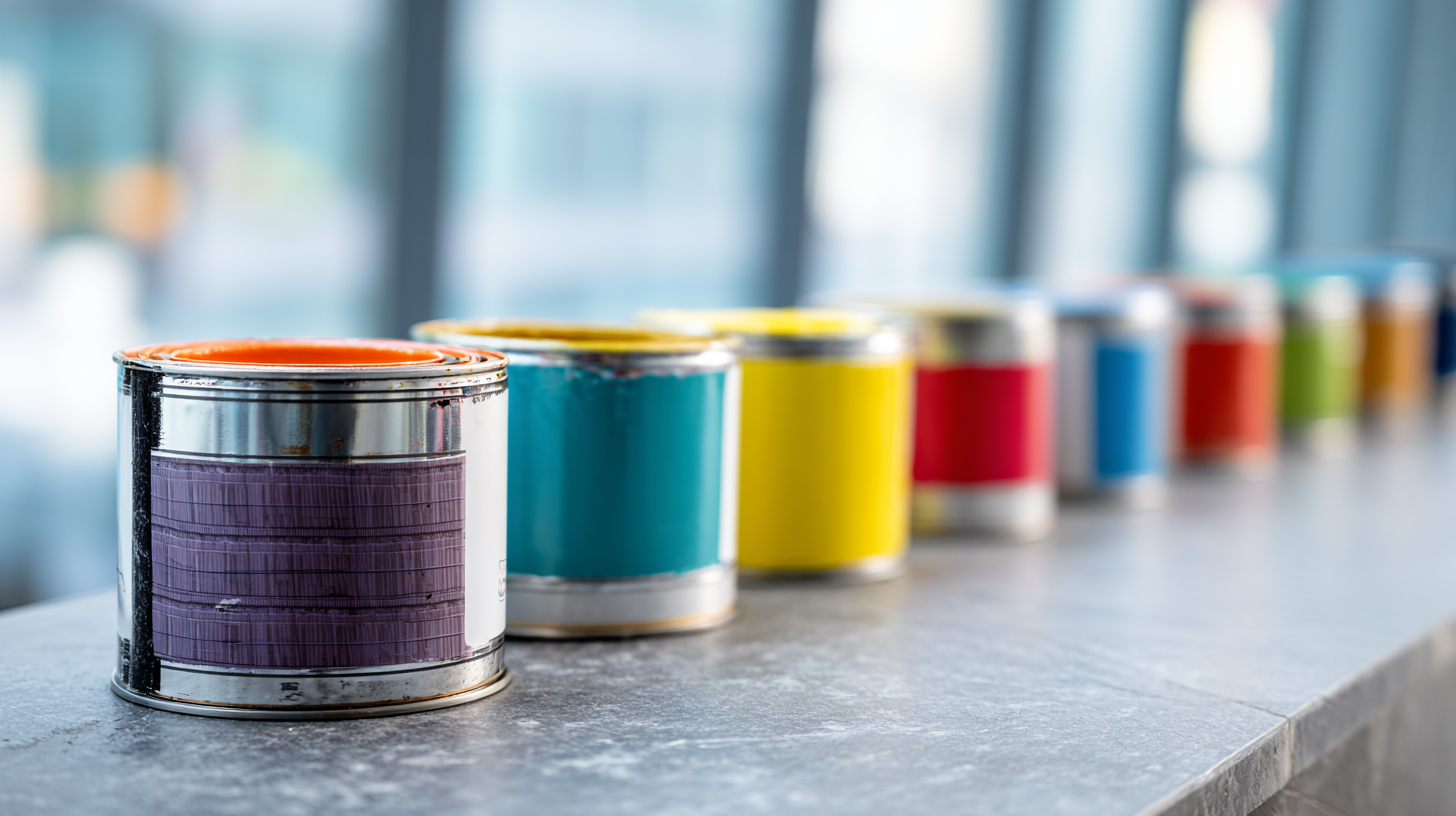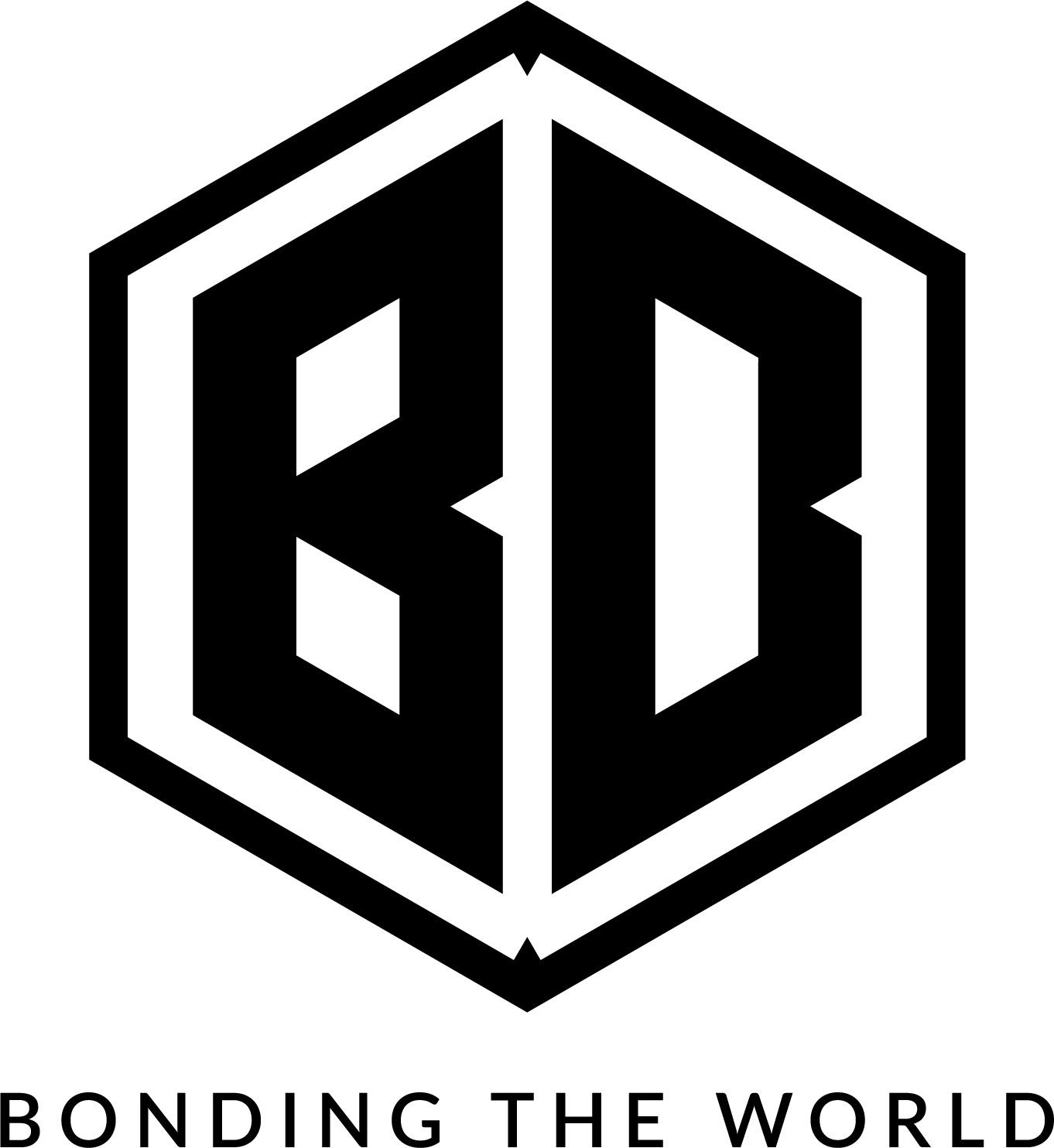Inquiry
Form loading...
In an era where innovation drives the construction industry forward, the choice of materials plays a crucial role in ensuring both functionality and sustainability. Among these, building adhesive stands out as a critical component that not only enhances structural integrity but also promotes eco-friendly practices. As we look towards 2025, industry technology trends continue to evolve, presenting both challenges and opportunities for builders and manufacturers alike. This blog will explore the pressing issues surrounding various types of building adhesives and their alignment with emerging technologies. By embracing advancements in formulations and application methods, professionals can overcome existing obstacles, ensuring that their materials not only meet but exceed modern standards.

Join us as we delve into the world of building adhesives and how they are set to transform the construction landscape in the coming years.
Adhesives have evolved significantly in the construction industry, transforming from simple bonding agents to sophisticated solutions integral to modern building technologies. As construction projects increasingly adopt new materials such as composites and eco-friendly alternatives, the role of adhesives has become more prominent. These advanced adhesive solutions facilitate superior bonding, enhance structural integrity, and accommodate the unique properties of emerging construction materials. In the context of evolving industry trends, embracing these adhesives is crucial for achieving not only durability and efficiency but also sustainability in building practices.
Moreover, the advent of smart technologies is pushing adhesives to adapt and integrate into more complex systems, such as prefabricated modules and modular construction techniques. As we approach 2025, understanding the evolving functionalities of adhesives, including their capacity for load distribution and temperature resistance, will be paramount for construction professionals. Innovative adhesive products are now designed to work seamlessly with automation tools and robotic assembly lines, showcasing their vital role in improving productivity and safety on construction sites. As the industry moves forward, the strategic integration of advanced adhesives will unlock new possibilities in construction innovation.
In the evolving landscape of the adhesive industry, innovations in formulations are critical to meet the demands of 2025 technology trends, particularly in sustainability. Recent market analysis indicates that the flexible tile adhesive market is projected to experience significant growth, with a notable compound annual growth rate (CAGR) through 2033. This growth is driven by advancements in adhesion technologies that enhance the durability and versatility of adhesive products, catering to both residential and commercial applications.

Moreover, sustainability has become a paramount focus, with manufacturers increasingly pursuing eco-friendly formulations that reduce environmental impact. The introduction of bio-based adhesives and low-VOC options are reflections of this trend, aligning with consumer demands for greener construction materials. Industry reports highlight a shift towards the use of recycled materials in adhesive formulations, further enhancing overall sustainability. Such innovations not only meet regulatory standards but also improve the lifecycle performance of products, ultimately leading to higher customer satisfaction and loyalty in a competitive market.
As we move towards 2025, the building adhesive industry is witnessing a transformative shift, particularly through the integration of smart technologies. These advanced adhesives not only provide exceptional bonding capabilities but also leverage innovations such as IoT and sensors, creating a dynamic interaction between construction materials and the surrounding environment. This symbiosis enhances the longevity and durability of structures, allowing for real-time monitoring of conditions and detecting potential failures before they escalate.

The fusion of smart technology with building adhesives opens up new applications that were once deemed impossible. For instance, smart adhesives can adapt to changes in temperature and humidity, ensuring optimal performance under varying environmental conditions. Moreover, the data collected by integrated sensors can inform maintenance schedules, significantly reducing costs and improving safety. This convergence not only elevates the operational efficiency of buildings but also positions the construction industry as a pivotal player in the smart city ecosystem. As we embrace these innovative solutions, the future of construction looks not only brighter but also more sustainable.
The evolution of Industry 4.0 is reshaping the landscape of adhesive manufacturing and supply chain dynamics, presenting both challenges and opportunities for businesses. With the increasing integration of smart technologies, companies are adopting automated processes and data analytics to enhance efficiency. According to a report by MarketsandMarkets, the global adhesive market is projected to reach $69.5 billion by 2025, driven largely by technological advancements and the growing demand for advanced bonding solutions across diverse sectors.
Tip: To stay ahead in this rapidly changing industry, manufacturers should invest in training their workforce on digital tools and technologies to ensure they can effectively operate new systems. Additionally, implementing IoT solutions can facilitate real-time monitoring of the supply chain, allowing for quicker response times to market changes and improving overall operational efficiency.
Moreover, the shift towards sustainable practices is an important trend facilitated by Industry 4.0. By adopting eco-friendly adhesive formulations and optimizing production processes, companies can not only reduce their environmental impact but also appeal to eco-conscious consumers. According to a report from Grand View Research, the biodegradable adhesive market is expected to grow significantly, highlighting the need for manufacturers to adjust their strategies accordingly.
Tip: Consider collaborating with technology partners to develop innovative, sustainable products that meet the evolving demands of the market while positioning your brand as a leader in environmental responsibility.
As the construction industry embraces cutting-edge technologies, advanced adhesive solutions have become integral to successful project implementations in 2025. One notable case study is the use of a high-performance adhesive in a skyscraper project in New York City. This innovative adhesive not only enhanced the structural integrity of the building but also reduced construction time by 30%. By simplifying the assembly of prefabricated components, the adhesive enabled faster workflows without compromising safety or quality.
Another compelling example is the application of an eco-friendly adhesive in a green energy facility in California. This project highlighted the industry's shift towards sustainable practices. The use of this bio-based adhesive minimized environmental impact while providing superior bonding strength for eco-sensitive materials. The collaboration between construction teams and adhesive manufacturers resulted in an optimized design process that met both performance and sustainability goals, showcasing the transformative potential of advanced adhesive technologies in contemporary construction projects.
